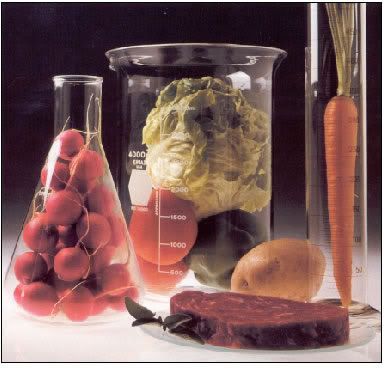Trends in the association of poverty with overweight among adolescents, 1971-2004.
Title
Trends in the association of poverty with overweight among US adolescents, 1971-2004.
Source
Journal of the American Medical Association. 295, (20): 2385-2393, 2006.
Journal of the American Medical Association. 295, (20): 2385-2393, 2006.
Prevalence of adolescent overweight in the US has increased substantially during the past 3 decades. Whether socioeconomic disparities in adolescent overweight increased, decreased or remained constant during this period is not known. This study examined trends in adolescent overweight from 1971 to 2004 by family poverty status, as well as trends in potentially relevant eating and physical activity behaviours. 4 cross-sectional, nationally representative surveys (US National Health and Nutrition Examination Surveys (NHANES) of 1971-1974, 1976-1980, 1988-1994 and 1999-2004) were examined for trends in the prevalence of overweight among adolescents aged 12-17 yr by family poverty status.
Main outcome measures were prevalence of adolescent overweight, defined as body mass index >=95th percentile for age and sex in the 2000 Centers for Disease Control and Prevention growth charts. Intermediate outcomes were physical inactivity in the past 30 days, proportion of caloric intake from sweetened beverages (24-h recall) and whether respondent skipped breakfast (24-h recall). Trends in the association of adolescent overweight with family poverty differed by age stratum. In 12-14-yr-old adolescents, prevalence did not significantly differ by family poverty status in any of the surveys; however, among non-Hispanic black adolescents, overweight prevalence increased faster in nonpoor vs. poor families.
In contrast, a widening disparity that disfavoured adolescents from poor families was present in the 15-17-yr-old adolescents. This trend was similar among male, female, non-Hispanic white and non-Hispanic black adolescents, resulting in an overall prevalence of overweight in 1999-2004 more than 50% higher among adolescents in poor vs. nonpoor families. Additional analyses suggest that physical inactivity, sweetened beverage consumption and skipping breakfast may contribute to these disparities.
It is concluded that trends of increasing overweight show a greater impact in families living below the poverty line compared with those above for older (15-17 yr) but not younger (12-14 yr) adolescents. Furthermore, physical inactivity, high consumption of sweetened beverages and breakfast skipping may be candidate targets for prevention programmes aimed at reducing this disparity.




0 Comments:
Post a Comment
<< Home